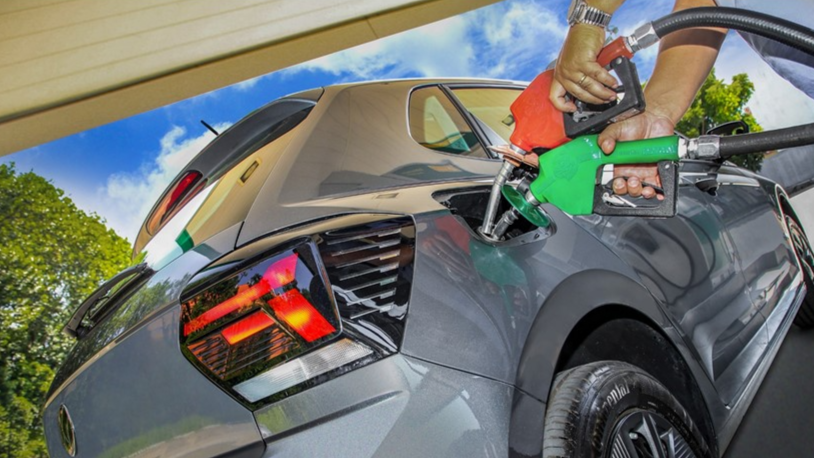Hatchback brings only part of the European facelift and loses some of its original content to become cheaper. Will the VW Polo become more competitive or lose its prestige?
Selling the same car model in many regions is a tricky strategy. The idea of catering to multiple demands with one project and one investment is enticing, to say the least. The whole strategy costs less money and time, and the profit expectations are beautiful. That is why companies tried that in the 1980s, a time when they introduced us to badge engineering. However, they had to rethink those plans for a reason.
In short, people are different and want different things. That is easy to see in a group as small as a family; let alone the population of a nation. Besides that, each country has specific economic, political, and social issues. Automakers eventually learned that it was too naïve to expect one single car to cater to the entire world. While they have devised several ways to work on that, we cannot say that all of them are wise.

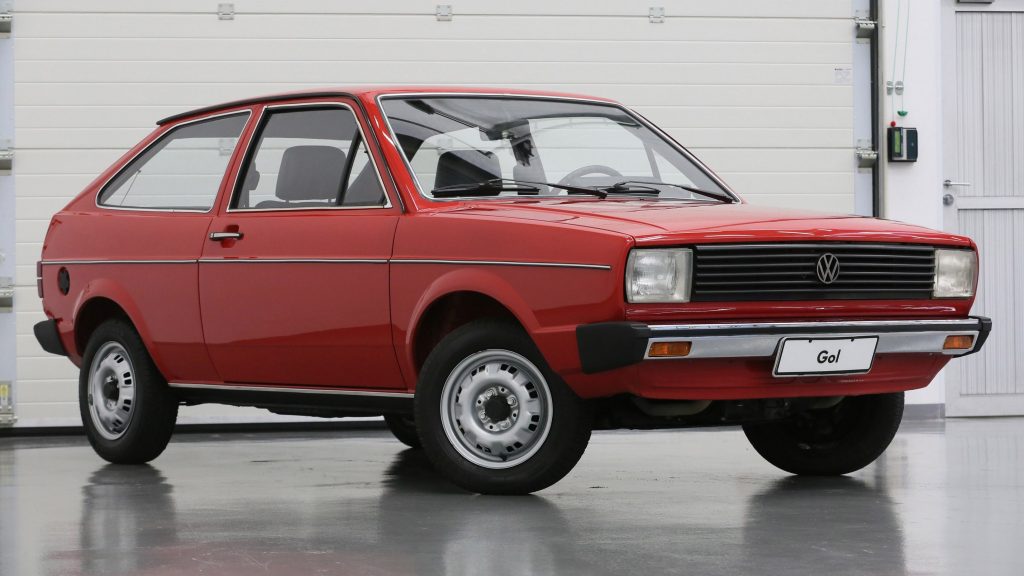
The first Volkswagen Polo
In the 1970s, VW executed a major reinvention of its line. It replaced the Beetle and all its variations with new cars that used water-cooled front engines. The automaker considered the Brazilian market too small for the three models offered in Europe. It chose to compete with only the Passat and one smaller car. The problem was that it considered the Polo too weak for the rough conditions of the Brazilian roads.
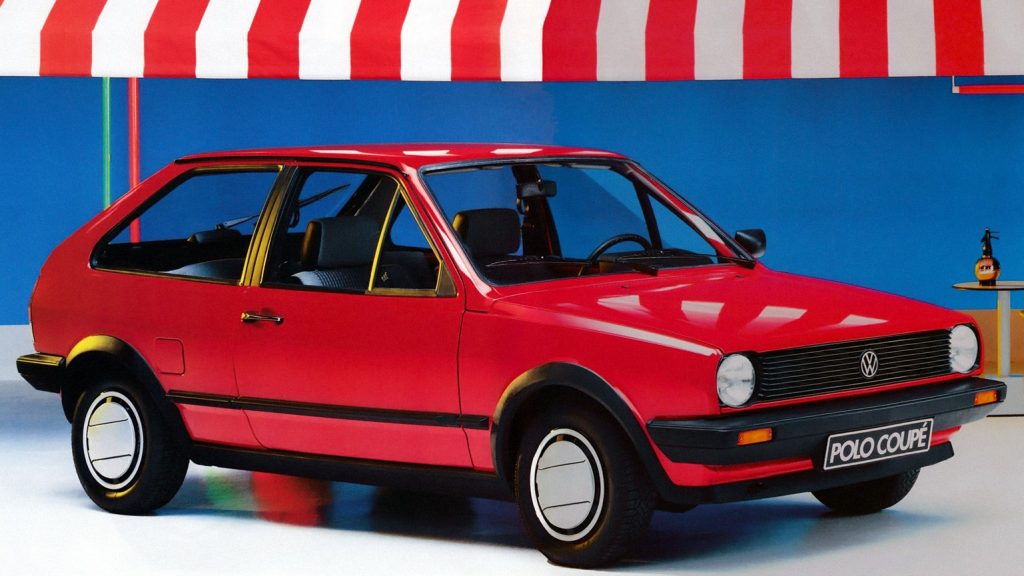
The local branch eventually created a new, more robust platform. Since the goal was to satisfy customers as much as possible, it went further and created a whole new model. The Gol went on sale in 1980 with a more stylish design and an overall sportier character. Its most noticeable feature was the slanted C-pillars, a direct reference to the Scirocco. Sadly, they would also earn it criticism for poor rear-seat space.
Ironically, the European VW would release the second-generation Polo with a Coupé version that looked almost identical to the Gol. Nevertheless, that division was convenient to suit each region’s demands. VW would regularly give the Gol cost-oriented updates over time. The content gap between them grew to the point that, when the Polo effectively entered the region in 1996, it carved a market niche above the Gol.


Facelift ups and downs
VW based the Polo’s whole marketing strategy on the fact that it was a global car. The 2002 model could have used the same appeal, but things went south after that. As usual, profit margins in emergent regions force automakers to extend the life cycle of their cars compared to the original ones. To keep an aging car competitive in the market without driving costs up, they can only use solutions of questionable taste.

The Polo’s all-new fifth generation never made it to Brazil. Instead, the local car had a facelift that bore a slight resemblance to that one. It also received more items to add value, but the truth is that VW’s move harmed its image. Hatchback and sedan saw their sales plummet until the maker decided to cut its losses and withdraw them in 2014. The company applied a similar strategy to the Golf a few years earlier, which was not successful either.
People do not like cars that look cheap in any way. That facelift brought better value, indeed, but no one desires value; we seek it because it is convenient and/or necessary. It is understandable that the new car would be too expensive for the region’s standards. However, alternative solutions like those will always be seen as if the automaker told customers “Hey, since you are too poor for the new car, take this instead”.

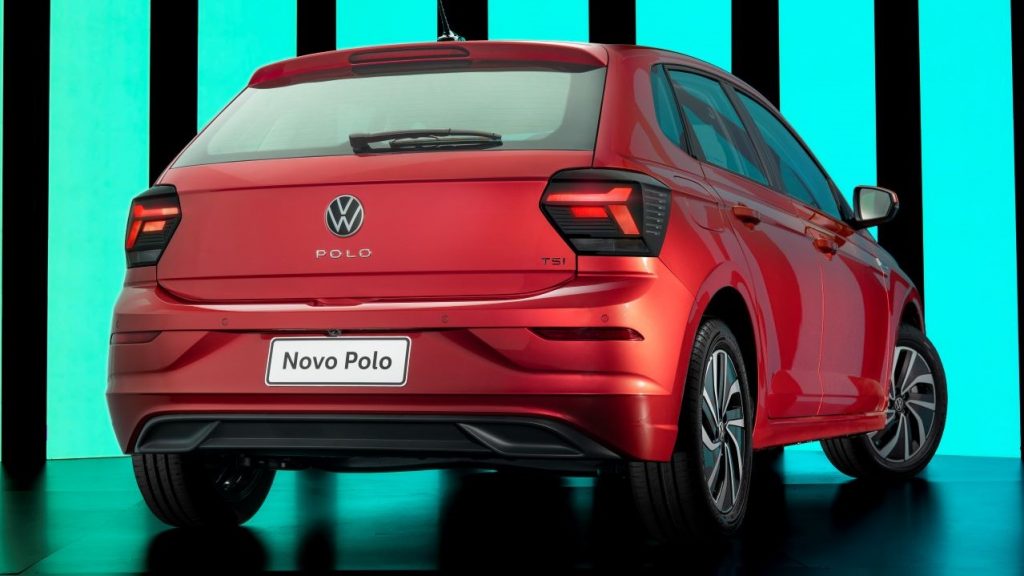
The story tells itself again
Everything went well in 2017. The sixth-generation Polo went to South America shortly after the European debut. It has even spawned a sedan sibling (Virtus) and a coupé SUV (Nivus), which eventually made it to Europe as Taigo. However, the Brazilian market went through some changes that forced VW to rethink its strategy. Basically, the Polo would need to take a different role and that demanded a different update.

The up! never sold well in the region, so it was never an option. The Gol has always been a staple offering, but it is getting old. There are rumors that VW will replace it with a subcompact SUV. Parallel to that, the Polo’s prices were too close to the Nivus, which is a more profitable model. The new scenario was pushing the Polo downwards in the local line, and the automaker used its facelift to execute that change.
Compared to the European model, the Brazilian VW Polo limits the full-LED headlights and the grille’s LED strip to the upscale GTS version. The rear added reflective strips on the bumper, received VW’s new logos, and that is all. The new taillights, with a sleek boomerang design, did not come for cost reasons. Instead, the regional branch painted the old lights in glossy black and slightly changed their internal layout.
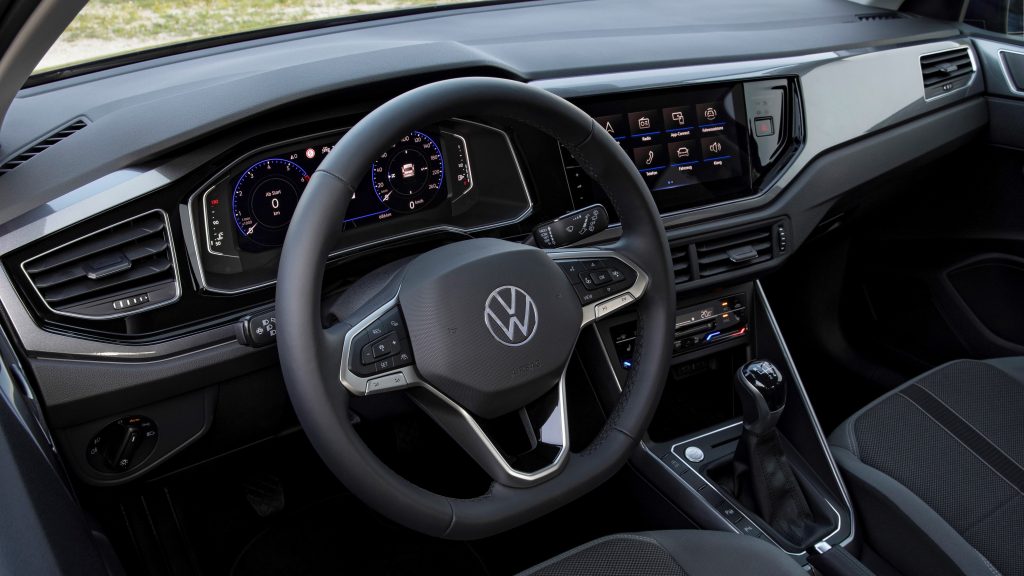

The goal of the facelift
Inside, VW made some upgrades to the cabin trim. Door upholstery is more refined, the seats came from the GTS version, and the steering wheel came from Nivus and T-Cross. However, the automaker has also downgraded the rear brakes from discs to drums and replaced the 128-hp turbocharged 1.0L engine of the non-sporty versions with its 116-hp version. Besides, it reduced all base prices by around 6%.

Basically, the VW Polo became poorer to cost less and target a different audience. VW expects it to snatch more customers who used to buy the cheaper Gol and Fox siblings, especially once its entry-level Track version appears in the market. This way, anyone who wants something better will have to choose the GTS for its sporty performance; Nivus or T-Cross for their SUV stance; or the Virtus for its elegant design.
While price reductions are great, they become bitter once we learn that they came from making the Polo worse in some ways. VW has made the risky move of harming its prestige in exchange for higher sales. It may bring favorable results today but often has negative consequences in the long term. Perhaps VW is relying on the latest trends and will invest in its image through the upcoming baby SUV and the Nivus.
You may also like
Earlier in 2023, Volkswagen celebrated an important milestone: twenty years selling flex-fuel engines in Brazil. Here, you can learn more about this technology and why it is so important!
Danillo Almeida has explored his passion for cars in two distinct ways. The first one is his graduation course in Mechanical Engineering, which will hopefully lead to a job position in the field. The other one is expressing his knowledge and opinions on the matter through writing. Almeida has already contributed to blogs, stores, and websites in general writing automotive content in many formats.

